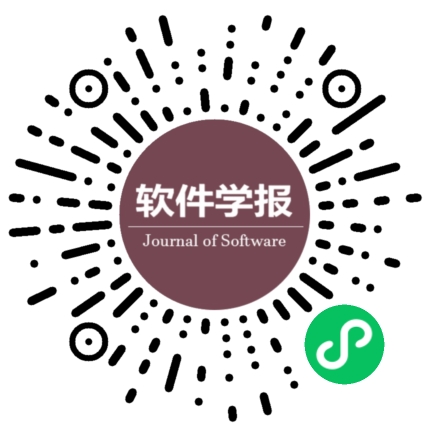基于多父链辅助工作量证明共识机制的后量子区块链系统
作者:
作者单位:
作者简介:
通讯作者:
王御天,E-mail:23110240140@m.fudan.edu.cn
中图分类号:
基金项目:
国家重点研发计划(2022YFB2701601); 上海市协同创新基金(XTCX-KJ-2023-54); 上海市科委区块链关键技术攻关专项基金(23511100300)
Post-quantum Blockchain System Based on Multi-parent Chain Auxiliary Proof-of-work Consensus Mechanism
Author:
Affiliation:
Fund Project:
引用本文
王御天,贾舒瑞,陈铭希,董怡帆,杨亚芳.基于多父链辅助工作量证明共识机制的后量子区块链系统.软件学报,2025,36(10):4507-4524
复制相关视频
分享
文章指标
- 点击次数:
- 下载次数:
- HTML阅读次数:
历史
- 收稿日期:2024-06-30
- 最后修改日期:2024-09-05
- 录用日期:
- 在线发布日期: 2025-01-20
- 出版日期: 2025-10-06
文章二维码

您是第位访问者
版权所有:中国科学院软件研究所 京ICP备05046678号-3
地址:北京市海淀区中关村南四街4号,邮政编码:100190
电话:010-62562563 传真:010-62562533 Email:jos@iscas.ac.cn
技术支持:北京勤云科技发展有限公司
版权所有:中国科学院软件研究所 京ICP备05046678号-3
地址:北京市海淀区中关村南四街4号,邮政编码:100190
电话:010-62562563 传真:010-62562533 Email:jos@iscas.ac.cn
技术支持:北京勤云科技发展有限公司



